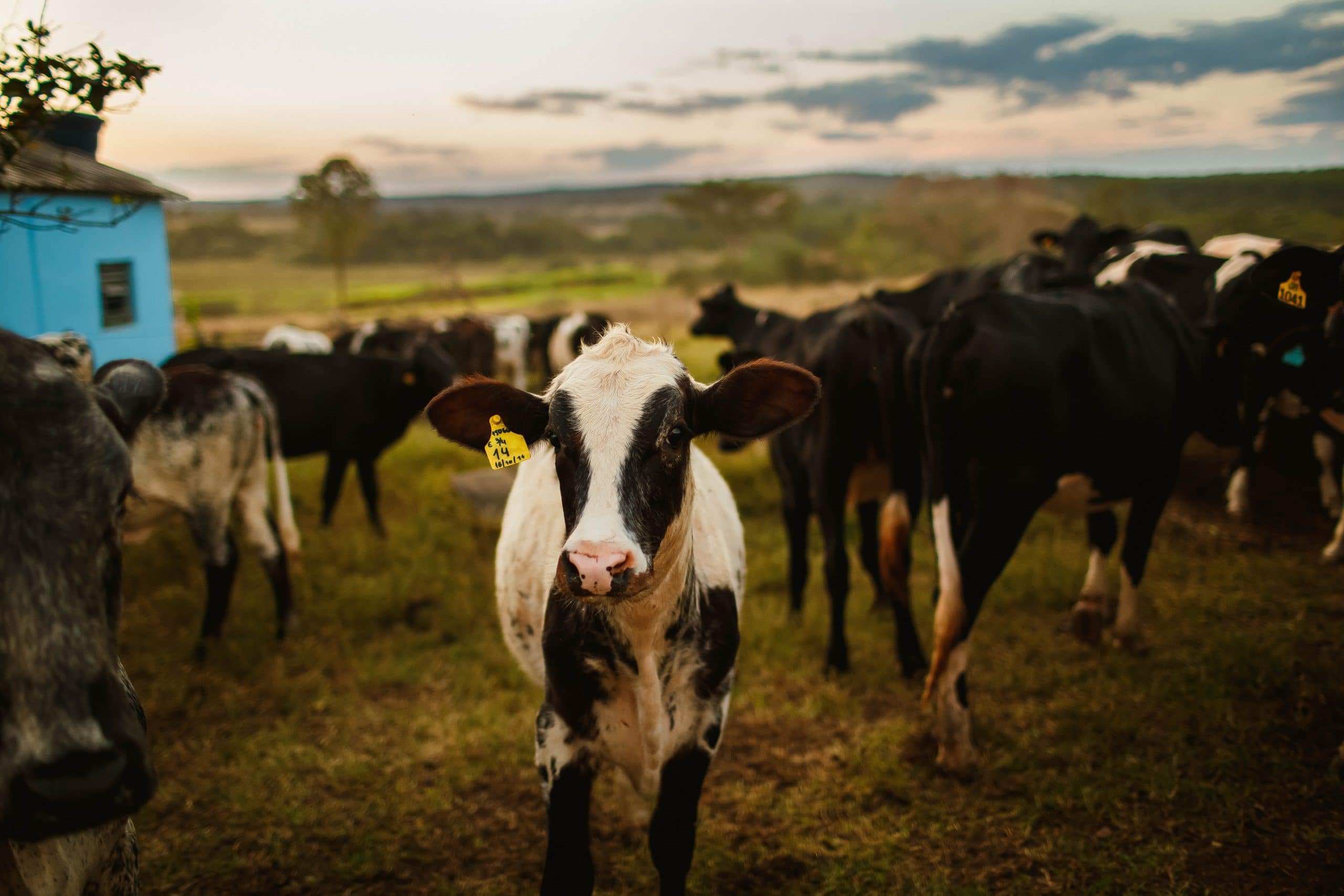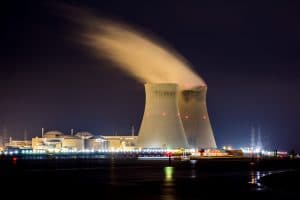It’s a touchy subject among the environmentally conscious and those concerned with animal rights ethics, but a recent article on AgWeb (powered by Farm Journal) forced me to reexamine my thoughts on sustainable cattle farming.
John Maday asked the question:
What if we could not only reduce carbon emissions from cattle production, but also redirect that carbon toward animal growth, and more beef production per unit of input?
He explained that during that summer’s Beef Improvement Federation (BIF) conference, Sara Place, PhD, senior director of sustainable beef production research for the National Cattlemen’s Beef Association (NCBA), outlined how beef production is more sustainable than many realize and how continued efforts could benefit producers.
The article seems to focus on the reduction of energy and methane emissions as signs of success, but it recognizes the genetic engineering that is happening to achieve these goals.
Genetic selection for feed efficiency redirects more energy to growth, thus reducing the ratio greenhouse gas emissions per unit of beef produced, and breeders continue to make progress on that front. Existing technologies such as ionophores and implants also help achieve that goal. Place also points out that several feed additives – some available and others in development – have potential for altering ruminant metabolism to produce lower methane emissions.
Maday goes on to point out that the U.N. FAO’s latest estimate using life cycle assessment indicates global livestock production accounts for 14.5% of global greenhouse gas emissions. For example:
In the United States, direct emissions from beef cattle enteric fermentation and manure represent 2% of U.S. greenhouse gas emissions and just 0.27% of global emissions, with all direct emissions from livestock, including beef, representing 3.9% of U.S. emissions in 2016.
Additionally,
In the United States, carbon sequestration from land use, land use change, and forestry completely offset agricultural emissions of greenhouse gases. U.S. agriculture and forestry combined in 2016 represented a net sink of carbon emissions.
Dr. Place also outlined that some pieces of the sustainable food system are typically not captured in estimates of environmental footprints.
Cattle can convert human-inedible feedstuffs into high quality human-edible protein. From a full life-cycle perspective, 1 kg of beef carcass weight produced in the United States requires 13.2 kg dry matter of grazed forage, 5.1 kg dry matter of harvested forage, 2.6 kg dry matter of grain concentrate and 5 kg dry matter of other feeds that mostly include human-inedible byproducts. Thus, 89% of the dry matter feed required per kg of grain-finished beef carcass weight produced in the United States is human inedible plant matter. Because the majority of the feed resources used to generate grain-finished beef in the United States are not in competition with the human food supply, and the protein value of beef to humans is 2.63 times greater than corn grain, our current grain-finished beef system is generating more high-quality protein for the human populace than it is using.
Dr. Place notes though, that any reduction in corn grain required per kg of beef carcass weight can further enhance the protein upcycling value of U.S. beef production.
Cattle consume forages/roughages that are grown on lands unsuitable for cultivation, thereby expanding the land base available for food production. In the United States, approximately 800 million acres of land are considered range and pasture lands. Currently, the only way to generate human food from this land area that represents 35% of the United States is to convert the biomass to human edible products with ruminant livestock. Cattle consume byproduct feeds from the food, fiber, and biofuels industries. Integrating cattle into row-crop plant agriculture systems can have environmental and socioeconomic sustainability benefits.
Examples include crop residue grazing and grazing winter wheat with stocker cattle in the Southern Great Plains. Approximately, 2 million cattle graze winter wheat pasture each year (USDA-NASS, 2018), which can be subsequently harvested for human-use. Beef cattle operations represent over one third of the farms in the United States, and thus beef cattle producers play an important role in the agricultural economy and the social fabric of rural America. Cattle produce more than edible beef – they are also a source of a variety of ancillary products from leather to pharmaceuticals.
These statistics are really interesting to note, but what I can’t get over is the idea of institutionalized farming of an animal for food and even a “Technology.”
Dr. Place offered this concept of cattle or “Technology” as food (pun intended) for thought:
The beef community uses a technology that produces high-quality protein from solar energy locked within human inedible plants. The technology produces a natural organic fertilizer, and is mobile without using fossil fuels. The technology self-replicates. The technology is cattle. Beef is the original, sustainable plant-based meat.
Reality Changing Observations:
1. What is your view of institutionalized farming of animals for food?
2. What has been your experience with a vegan or plant-based diet?
3. Could you ever give up eating meat? Why or why not?





